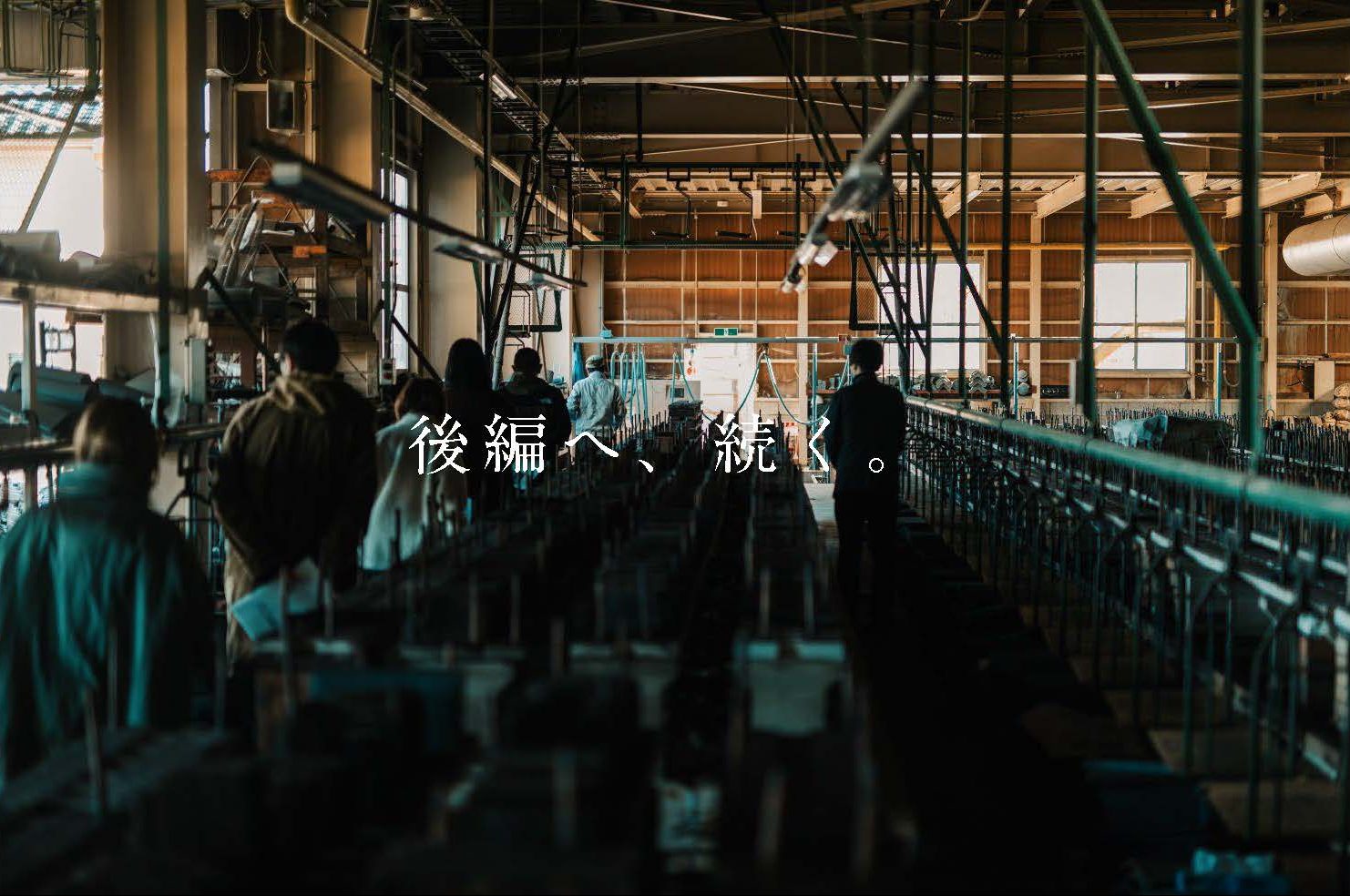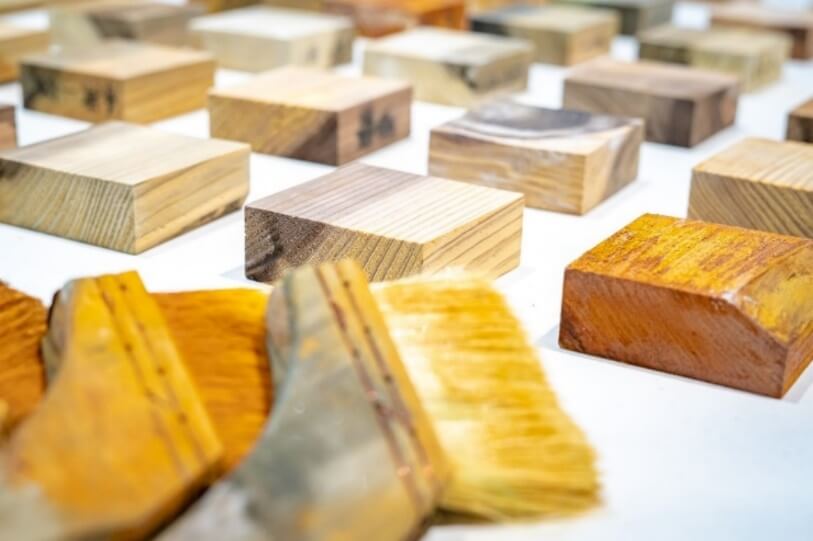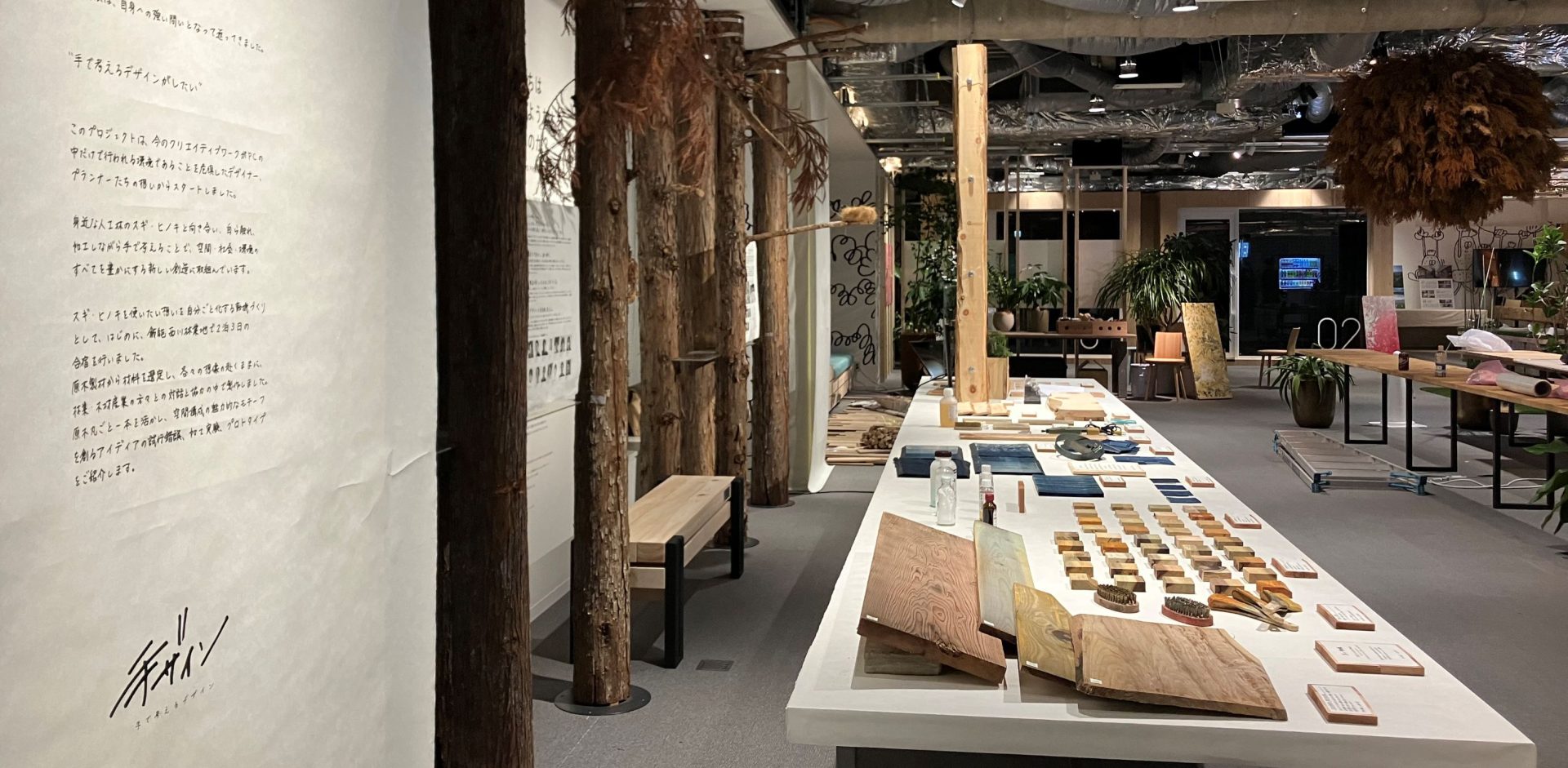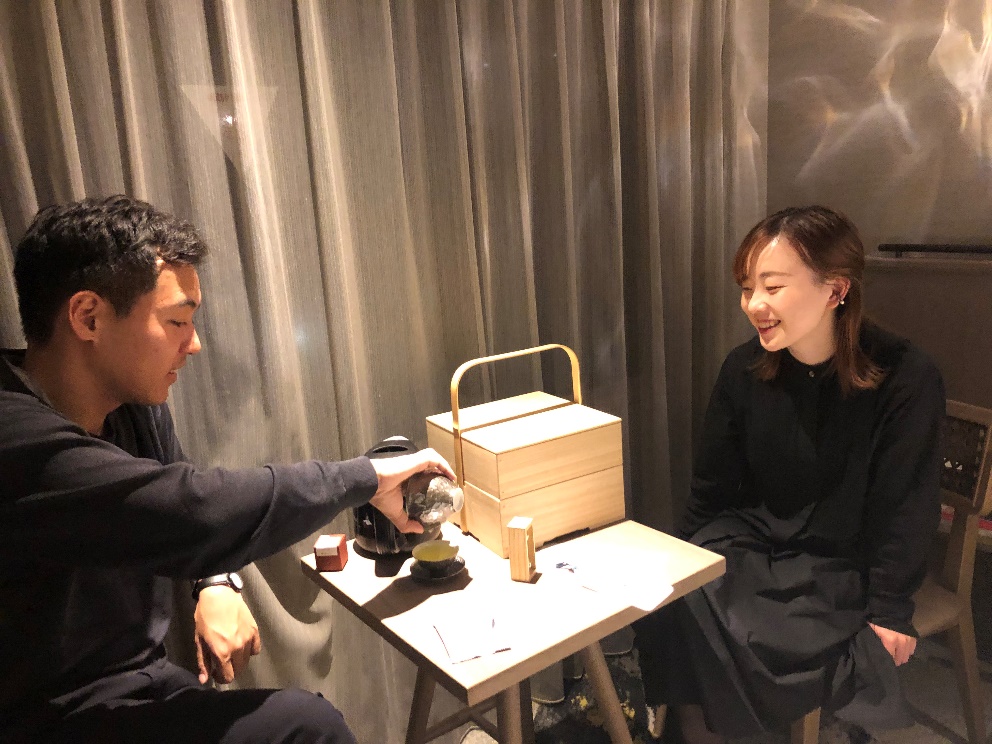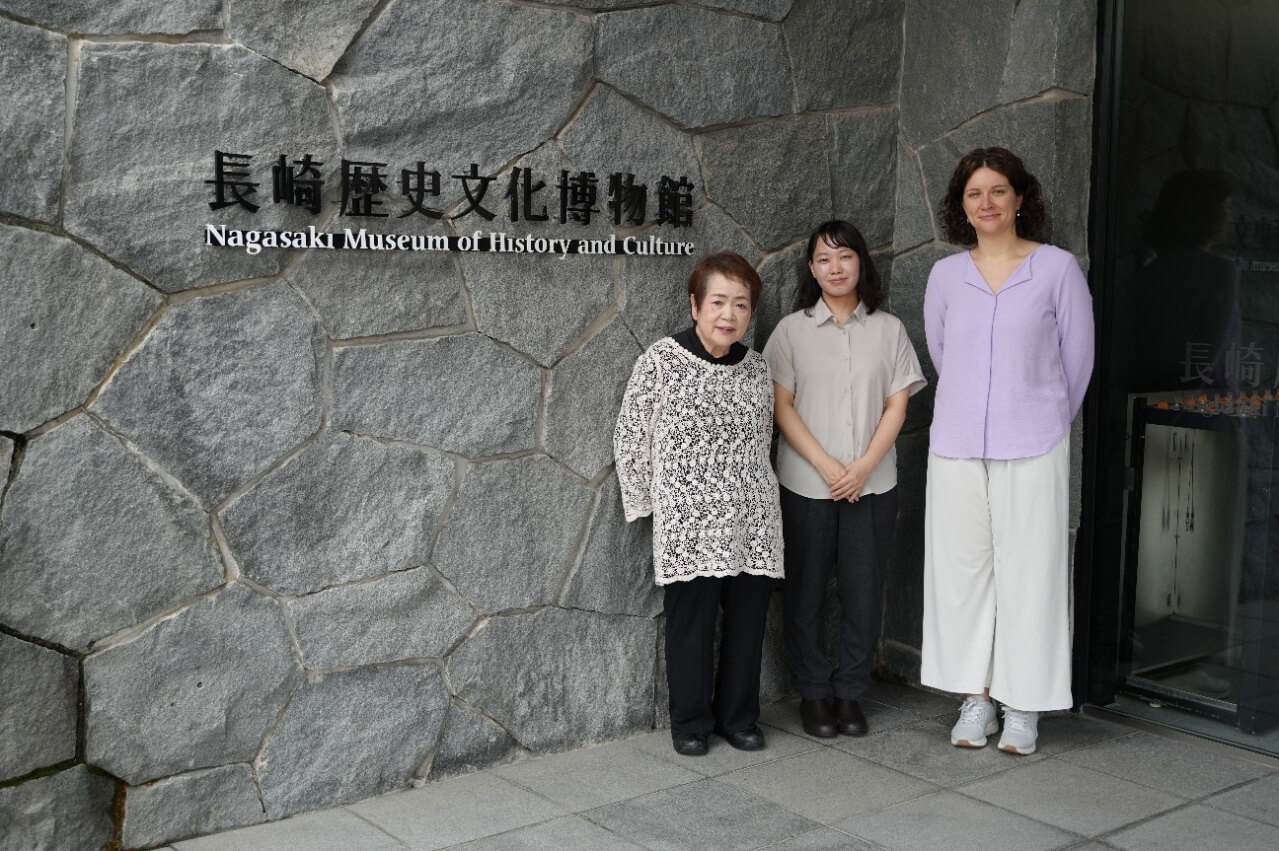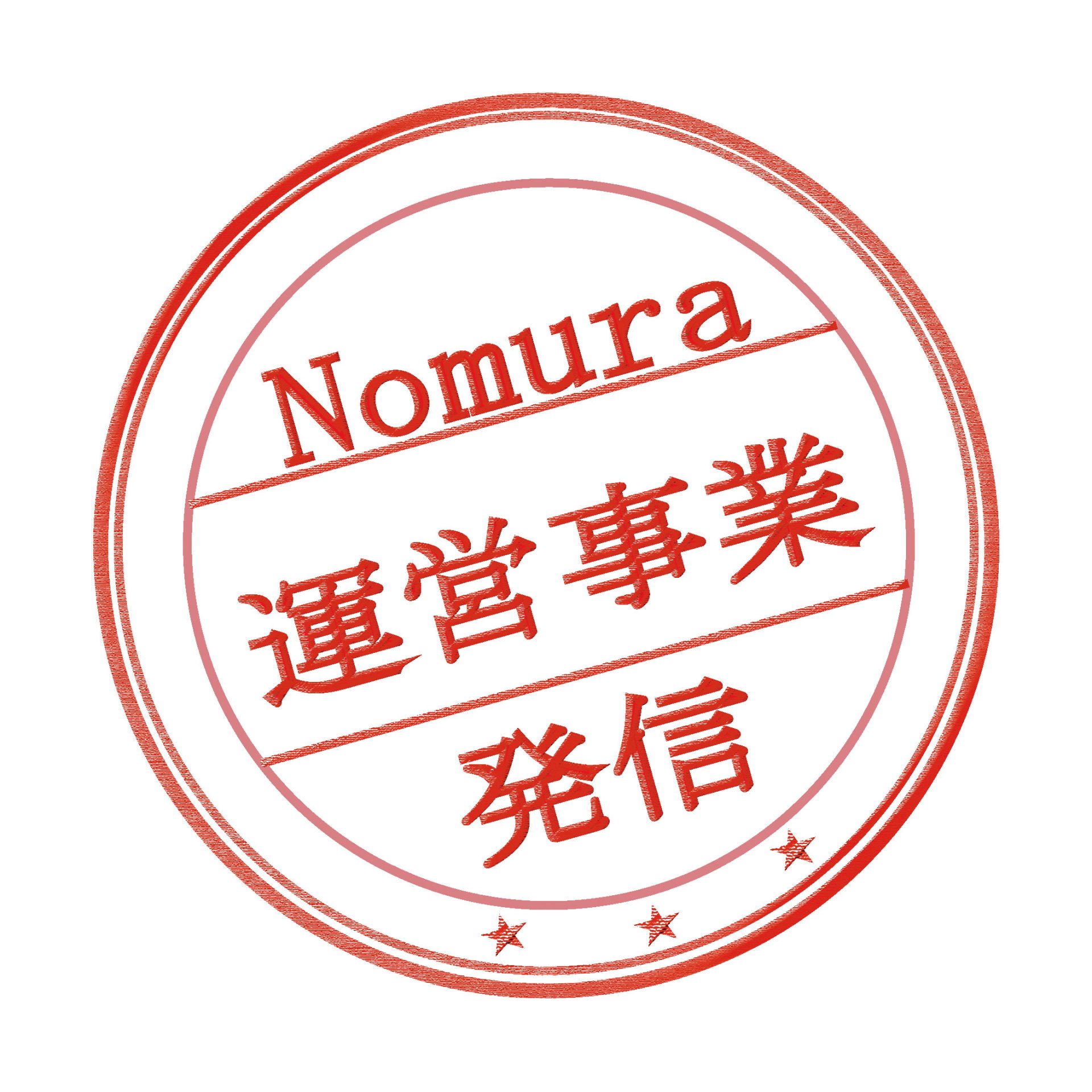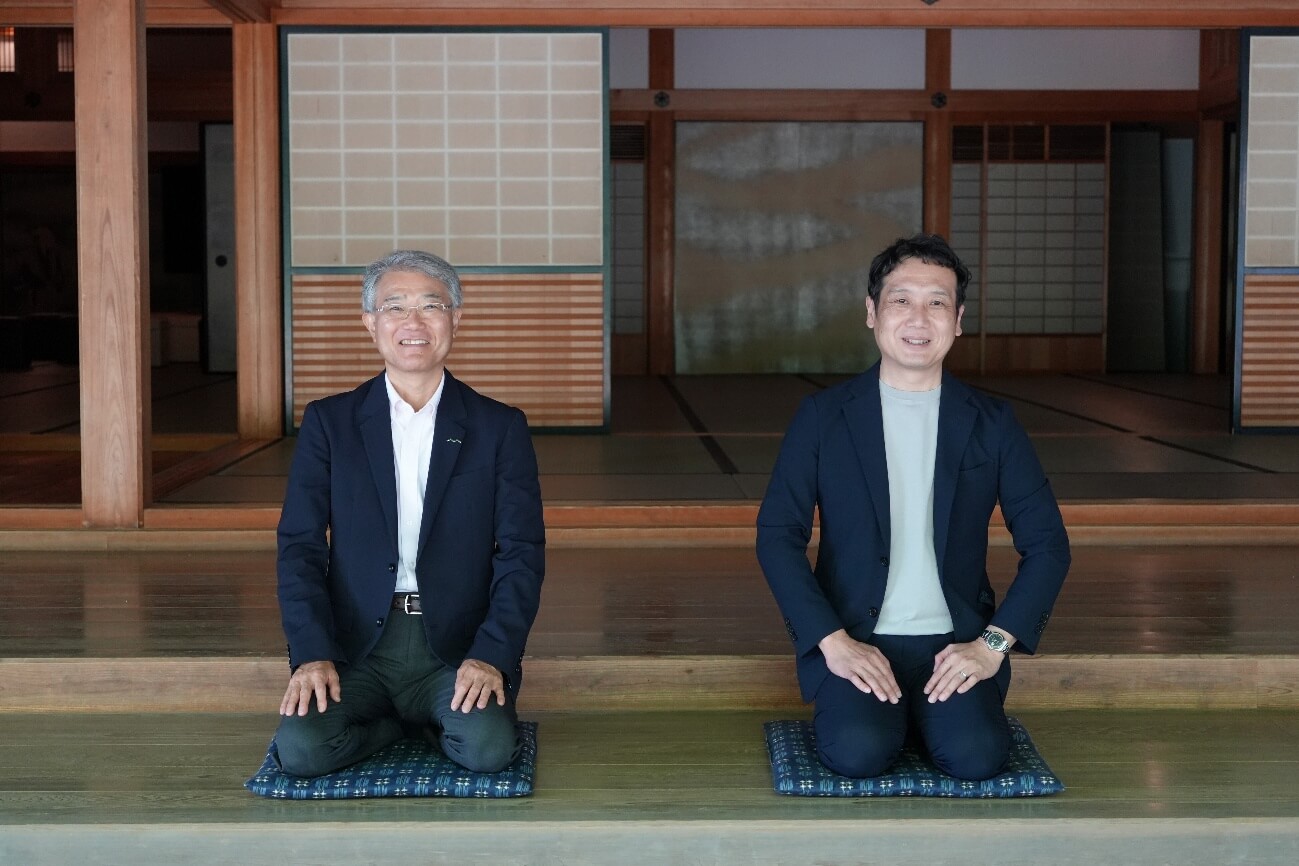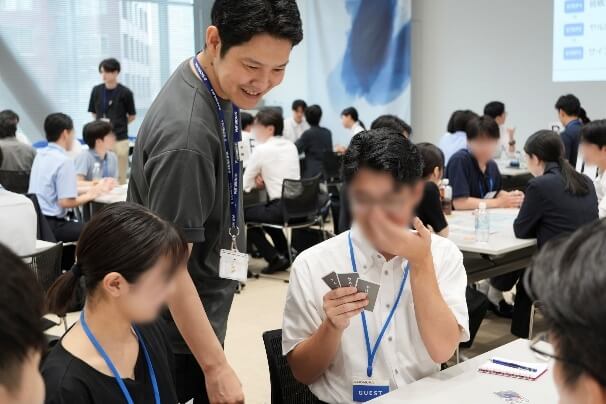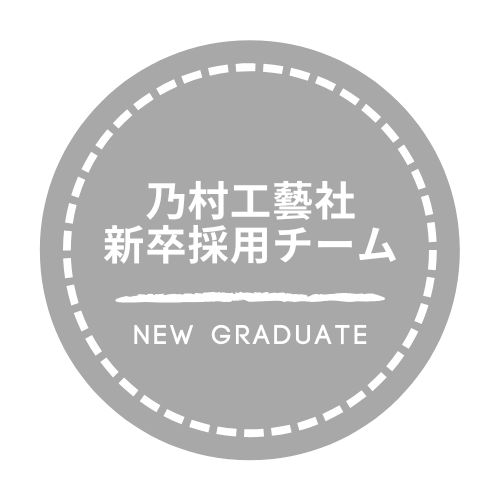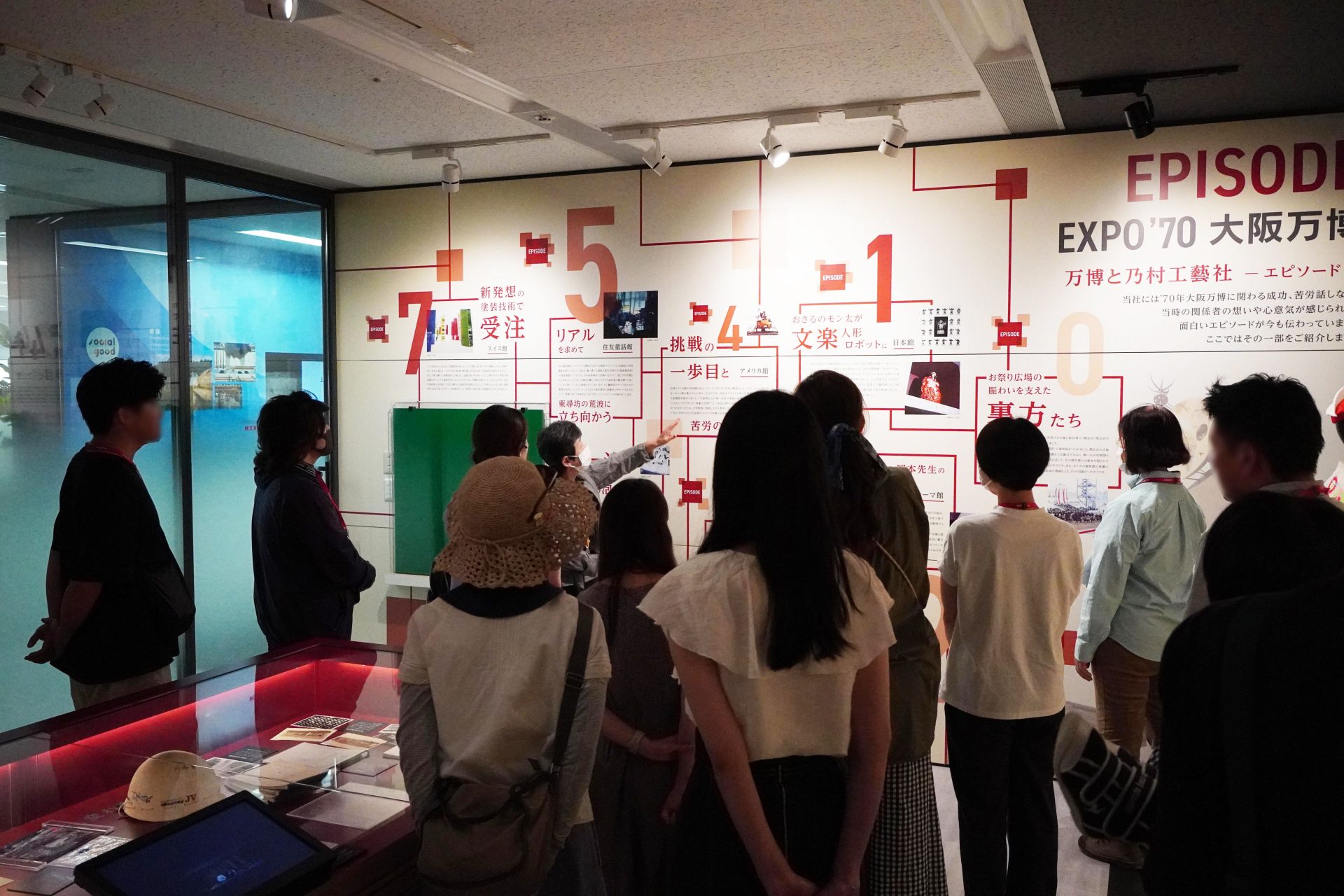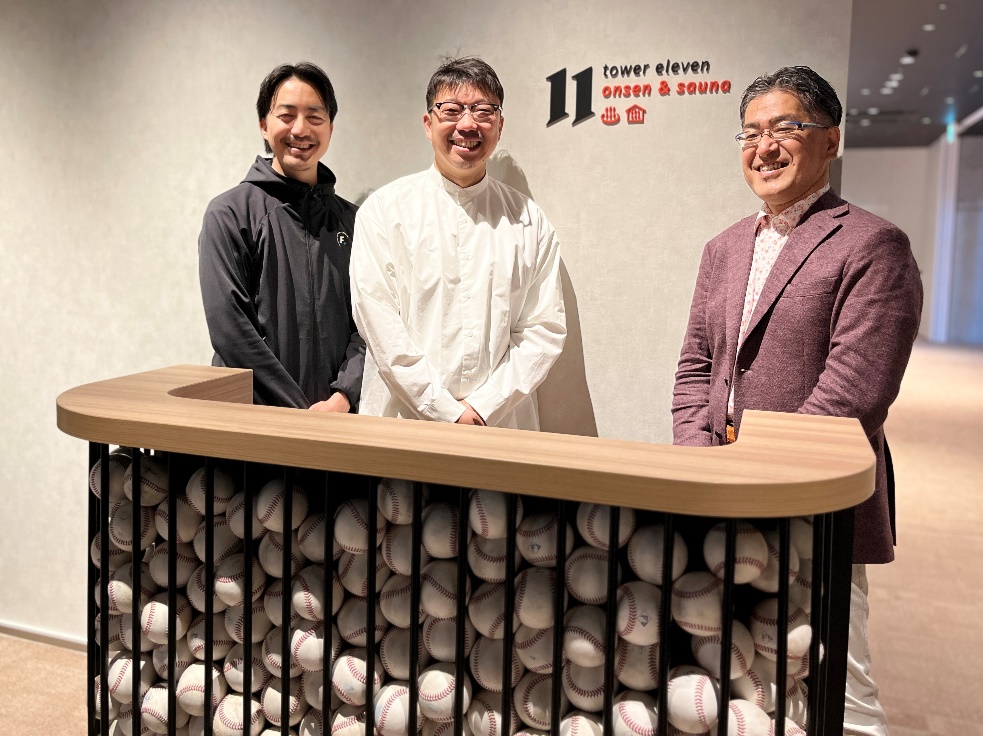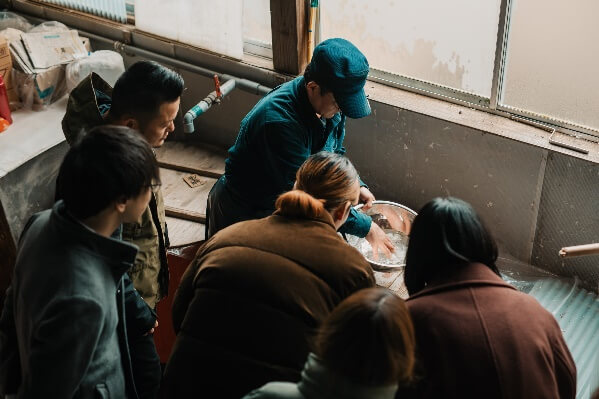
"Handicraft Journey" - Fieldwork that changes the current state of traditional crafts
2024/08/12- text and edit by
- Hikaru Hatae
In December 2023, NOMURA Co., Ltd. and Echizen City Tourism Association (Inc.) collaborated to plan and hold a "Handicraft Trip*" with the aim of allowing architects and designers with a strong connection to handicrafts to learn more about the crafts of Echizen City, Fukui Prefecture. Planners and designers from NOMURA Co., Ltd. actually visited Echizen City and spent two days and one night touring various traditional craft studios such as Japanese paper, lacquer, and roof tiles, deepening their understanding of "materials" through dialogue with the craftsmen.
About a month later, the members who participated in this "Handicraft Journey" will gather again at NOMURA Co., Ltd., Ltd. Together with the three guests, they will talk about how "Handicraft Journey" was born to promote traditional crafts, and about the current state and challenges of traditional crafts.
*The second part of the article will be released at 9:00 on Friday, August 16th.
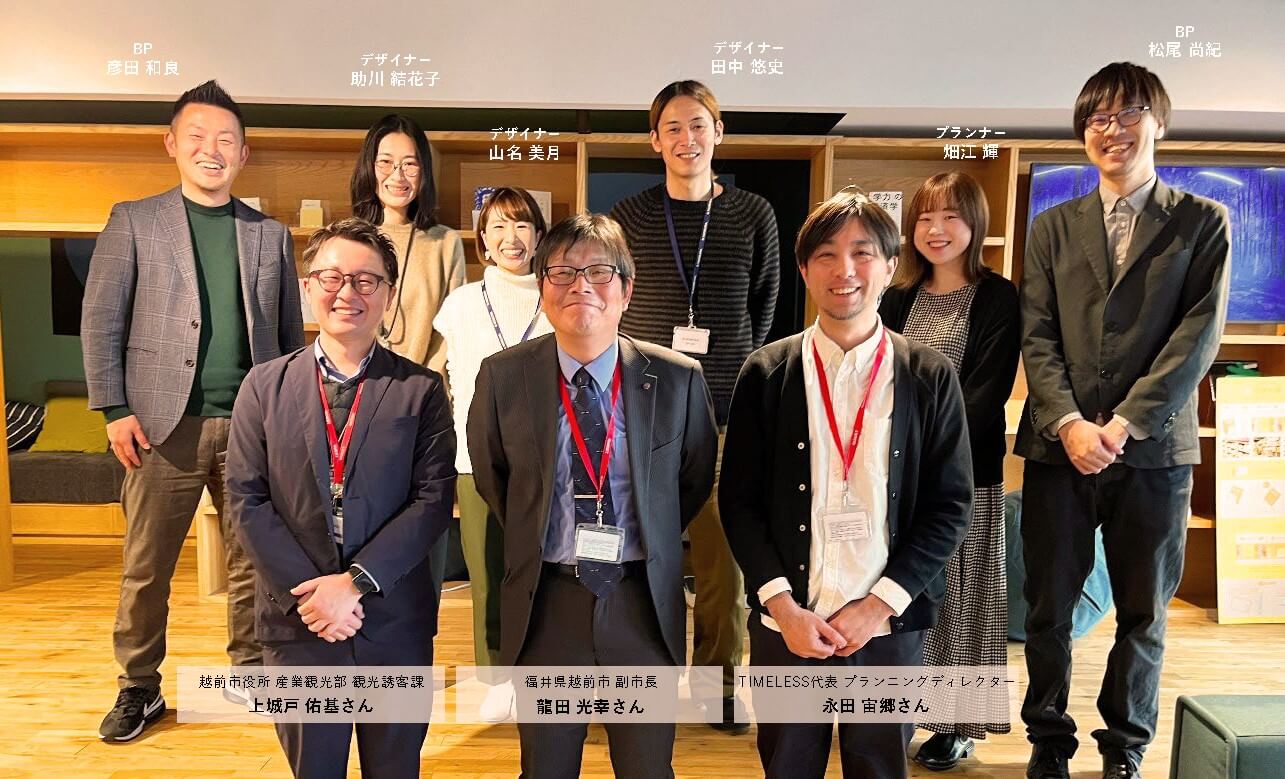
*Affiliation and position are as of the time of the interview.
Participants (NOMURA Co., Ltd.): Hikaru Hatae (planner) / Yuji Tanaka, Yukako Sukegawa, Mizuki Yamana (designers)
Facilitator and photographer: Kazuyoshi Hikota, Naoki Matsuo (Business Production Headquarters)
………………………………………………………………
guest
Deputy Mayor of Echizen City, Fukui Prefecture: Mitsuyuki Tatsuta (photo: bottom center)
He will be appointed Deputy Mayor of Echizen City in April 2022. From June 2023, he will also serve as Chairman of the Echizen City Tourism Association.
Yuki Kamikido, Tourism Brand Promotion Team, Echizen City Tourism Association (Photo: bottom left)
In 2020, he was assigned to the Tourism Promotion Division of Echizen City Hall. In cooperation with the Echizen City Tourism Association, he is responsible for attracting top professionals (creators) and high-end inbound tourists. (He left Echizen City Hall in March 2024.) He joined the Echizen City Tourism Association in April 2024, where he continues to work to this day. He has received the Jury Award in the Video Division of the Japan Regional Information Content Awards (2021) and the Gold Award in the 16th Industrial Tourism Town Development Awards (2023).
TIMELESSPlanning Director: Nagata Chugo (Photo: bottom right)
Born in Fukuoka Prefecture in 1978. Established his own office, TIMELESS, which offers planning and design direction to connect the past and the future. Integrating with social issues, he utilizes his network of new and old craftsmen, and connections with visionaries and creators to think about and create the next step together, not just an extension of existing businesses. He has been in charge of producing Echizen City since 2007.
TIMELESS LLC.
………………………………………………………………
* "Echizen City Handicraft Journey"
A two-day, one-night creative fieldwork program will be held in December 2023, hosted by the Echizen City Tourism Association and attended by NOMURA Co., Ltd., Ltd. The program aims to deepen understanding of the materials through dialogue with the craftsmen and to explore the possibilities for the future development of traditional crafts.
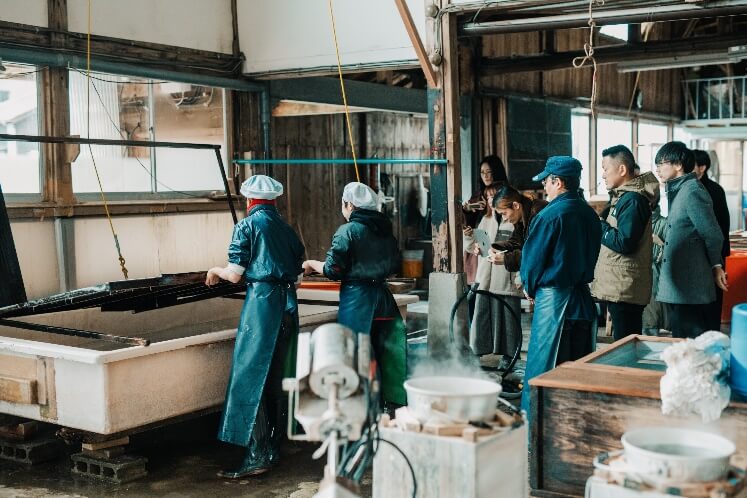
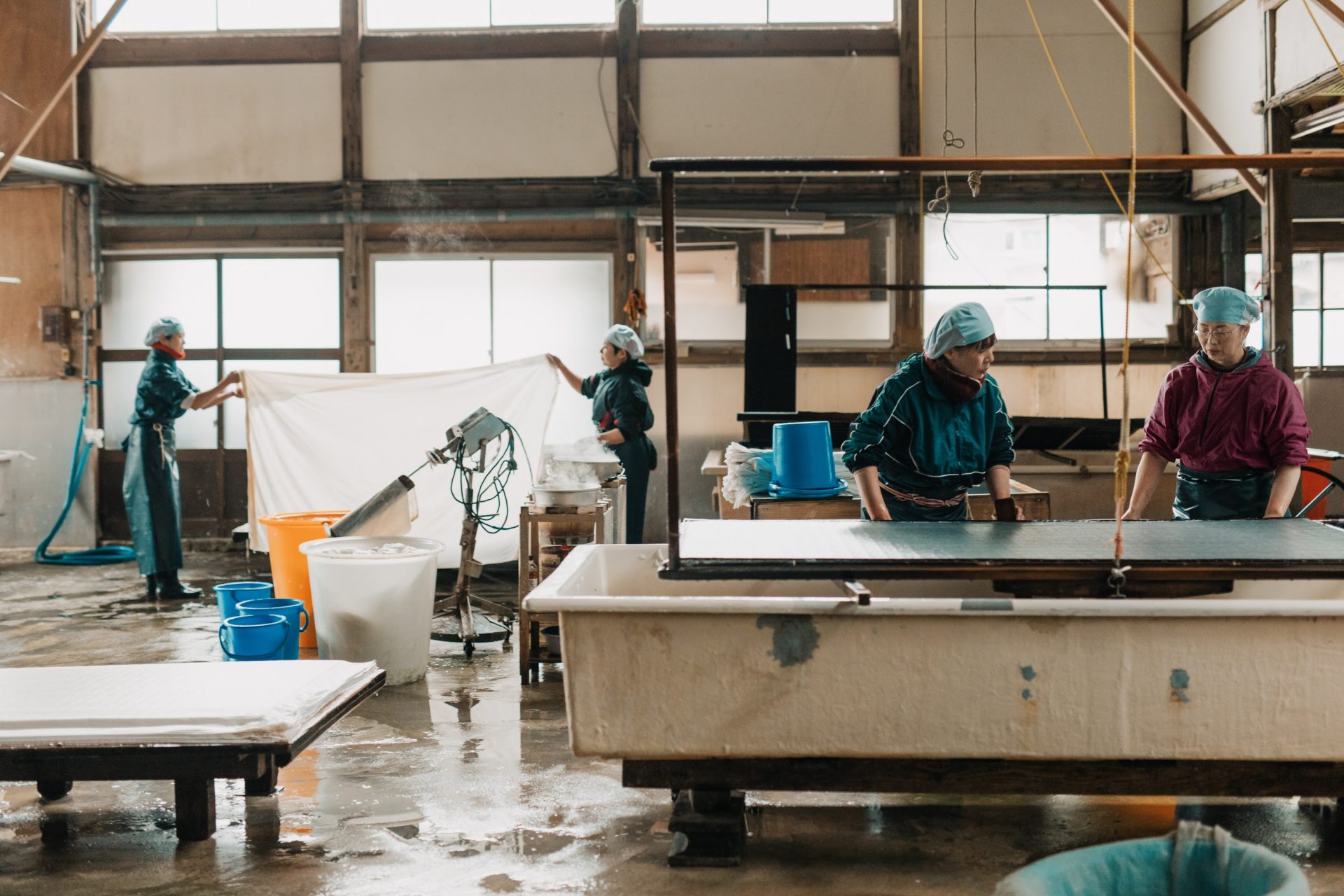
Learn about the current state of traditional crafts
- Fukui Prefecture, home to many traditional crafts, is exploring ways to adapt to modern lifestyles.
Hikota
Could you please tell us about the traditional crafts in Fukui Prefecture and the current state of traditional crafts?
Kamijodo-san
Echizen city has three nationally designated crafts: "Echizen washi paper," "Echizen knives," and "Echizen chests." If we include neighboring cities within a 10km radius, there are five production areas in total, "Echizen ware" and "Echizen lacquerware," concentrated in the northern part of Fukui prefecture.
The oldest is "Echizen washi paper," a luxury item whose production method has been passed down for 1,500 years and which is still being produced today. "Echizen forged cutlery" is an item favored by world-famous chefs as their personal knives, and even now, demand is on the rise and production cannot keep up with demand. "Echizen chests" are like a culmination of traditional craft techniques, using the lacquering techniques of Echizen lacquerware and the steelmaking techniques of Echizen forged cutlery, and in the past were in demand as brides' dowries. Nowadays, such customs are disappearing, and we are exploring ways to change them to suit modern lifestyles.
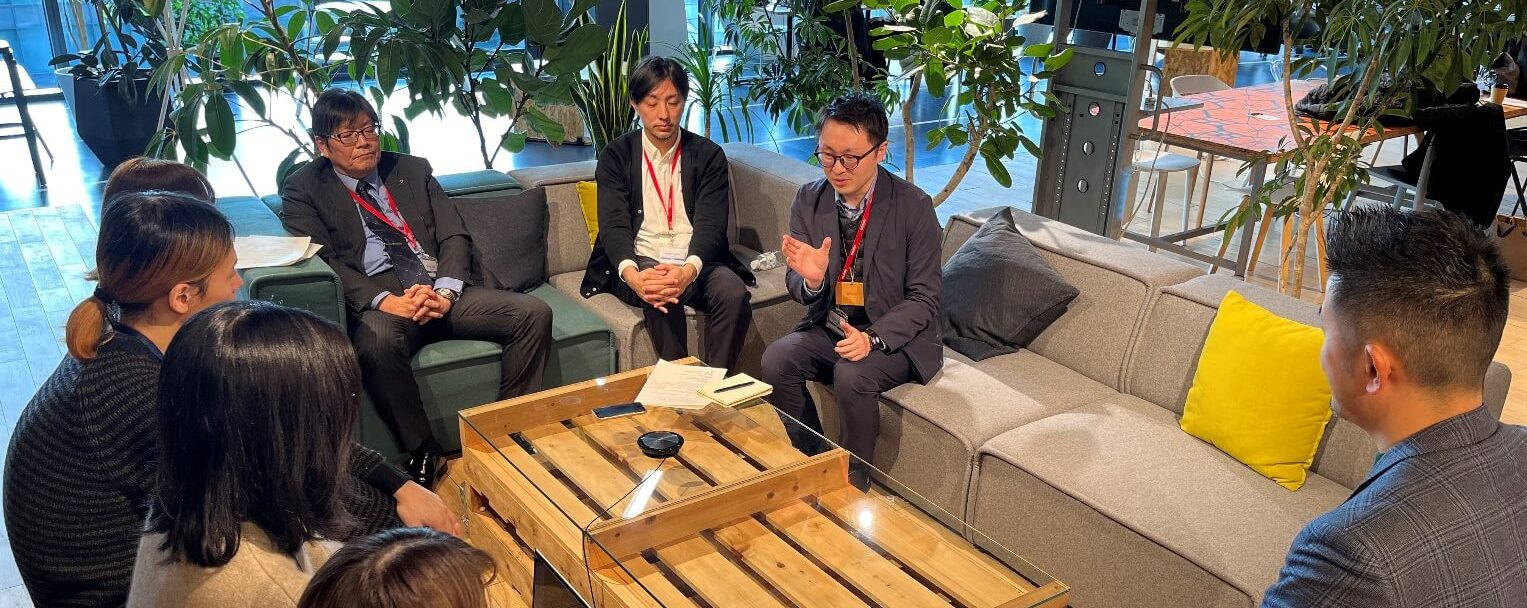
Hikota
Could you tell us about the activities you have been involved in and your involvement with Echizen City?
Nagata:
Originally, I was researching "Japanese swords." "Japanese swords" are made by combining about 19 types of "crafts" such as woodworking, lacquer, weaving, and metalworking. Therefore, when I researched "Japanese swords," I had to associate with 19 different craftsmen, and from that time on, I was involved in multiple "crafts" at the same time.
That being said, "crafts" aren't used much these days. However, they still exist and feel special, so I wanted to find out what value they have in today's society and how they can be used in a way that suits today's lifestyles, and so I've been developing "crafts" products for about 10 years. However, even if I continue to develop products, the environment for the creators doesn't improve very much. So I thought I had to change the system, and I've been working with local governments like Echizen City and universities to research why "crafts" are on the decline and try to improve it for about 10 years.
When the Hokuriku Shinkansen was opened in 2007, Echizen City ran a campaign called "Sell Hokuriku Products in Tokyo!" Three producers were appointed for the campaign, and one of them was put in charge of Ishikawa Prefecture and Fukui Prefecture. At that time, Echizen City had just merged with other municipalities, and was looking to review its past efforts. They contacted us because they needed a new producer. We have been working together since 2015, and it feels like we have grown older together with the craftsmen over the past 10 years. We are still in contact with Echizen City.
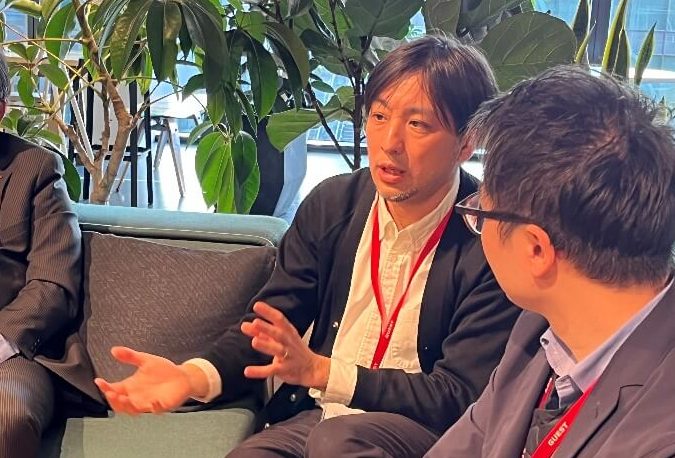
-- By 2040, sales of traditional crafts will drop by about half?
Hikota
Mr. Nagata, you have been involved in Japanese traditional crafts for over 10 years. From your perspective, what do you think is the current position of Echizen City, and of Japanese traditional crafts in general?
Nagata:
Did you know that there are "traditional crafts" and "traditional crafts"? Among the "traditional crafts" throughout the country, those that meet the requirements set by the Ministry of Economy, Trade and Industry and are recognized as an industry by the country are called "traditional crafts." By being designated as a "traditional craft," it becomes possible to receive subsidies and promote the industry. The Ministry of Economy, Trade and Industry believes that it is necessary to promote things that are rooted as local industries.
Furthermore, "crafts" can be broadly divided into four categories: "industrial crafts" that remain as industries, "art crafts" that remain as fine arts, "daily crafts" that contribute to daily life, and "folk crafts" that were born from daily life. Sales of these "crafts" have fallen by about two-thirds in about 10 years. The average age of people working in "crafts" is 65, the age at which people generally retire. This situation has accelerated in the past 10 years, and we have reached a point where we must decide whether to preserve them or not.
We can't survive on our own, and we don't know how to enter society. So we're asking for help from creators like you who can make things that society needs, to get them to learn about our materials and techniques again, and to look at them from a new perspective.

- Now, at a time when there is a demand for "things that can only be found in this place at this time," traditional crafts are attracting attention from around the world.
Nagata:
At the same time as facing such difficult times, the world is shifting towards a mindset of "luxury is what you can only get here and now," and Japan's traditional crafts are attracting attention not only in Japan but also from around the world.
Traditional crafts have a strong element of local character that is closely tied to the nature and culture of the land, so they are extremely effective in creating spaces and experiences that can only be found in this area. In addition, many of the materials used are naturally derived and have a low environmental impact, so they are attracting attention as a material in the current era when sustainability is required.
However, despite the attention being given to this, the environment for craftspeople has not kept up. We need creators like you to somehow step up and the craftspeople to hold their own, so that both sides can join hands and make the most of the value of traditional crafts. Whether we can make good use of it in the future will depend on how we move forward now.
It is predicted that sales of "crafts" will fall by about half by around 2040. First of all, I think that in the next five years we need to link with various fields and "regenerate into a new industry" based on traditional industries, rather than boosting the traditional industries themselves.

Hikota
Our company has actually used traditional crafts in the past, but the number is still small. As a company, we are working on various initiatives with the theme of social good, and using traditional crafts is part of that, so we would like to be proactive in this area.
Tanaka
I have never incorporated traditional crafts into my work, but I have always been interested in them, so I asked to participate in this project. This time, I actually visited Echizen City, and learned about the scenes and thoughts of traditional craft artisans as they create things. I empathized with this as a designer, and was able to imagine how crafts themselves could be used in spatial design. I would like to incorporate this into my work from now on, and I would also like to spread the appeal of crafts within the company.
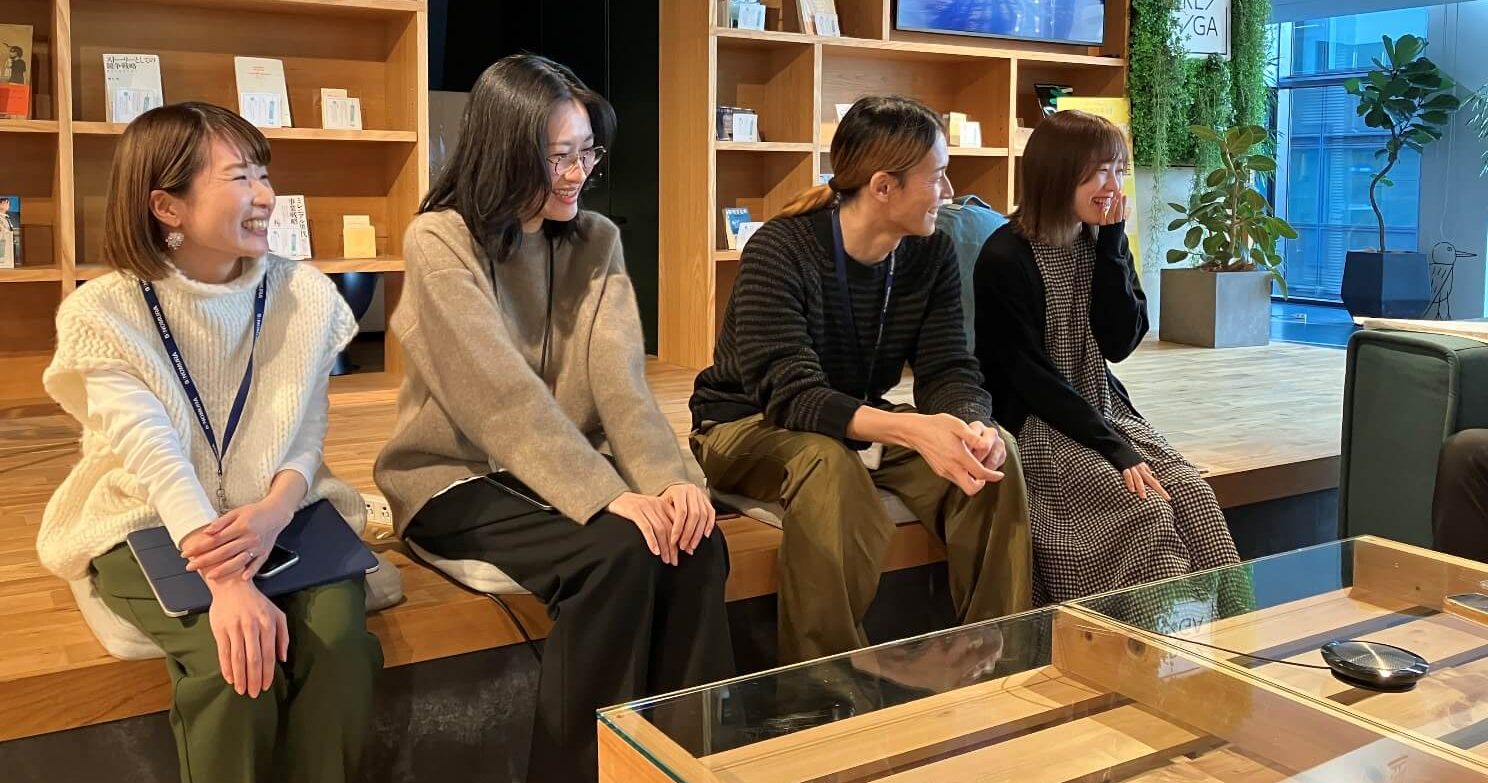
Pioneering the future of traditional crafts: a "handmade journey"
- Promotion centered on "handmade crafts" and improving the environment to welcome them.
Hikota
Could you please tell us again about the background and thoughts behind Echizen City planning this "Handicraft Journey" and inviting our company?
Kamijodo-san
Echizen City has revised its tourism promotion plan, and has been promoting its traditional crafts as a strength, with the concept of "handmade." However, it has not yet been able to develop an environment to accommodate this. At the same time, there has been an increase in unorganized tours, with some people suddenly visiting workshops without making a reservation and leaving immediately. It was necessary to strengthen the ecosystem so that visitors would spend money in Echizen City if they took the time to visit. Therefore, we introduced a reservation-only system for tours and set regular dates and times for accepting visitors. We also gradually improved the tour fee by charging the cost of the production that would have been made during the time reserved for the tour, or by charging a tour fee that includes a souvenir.
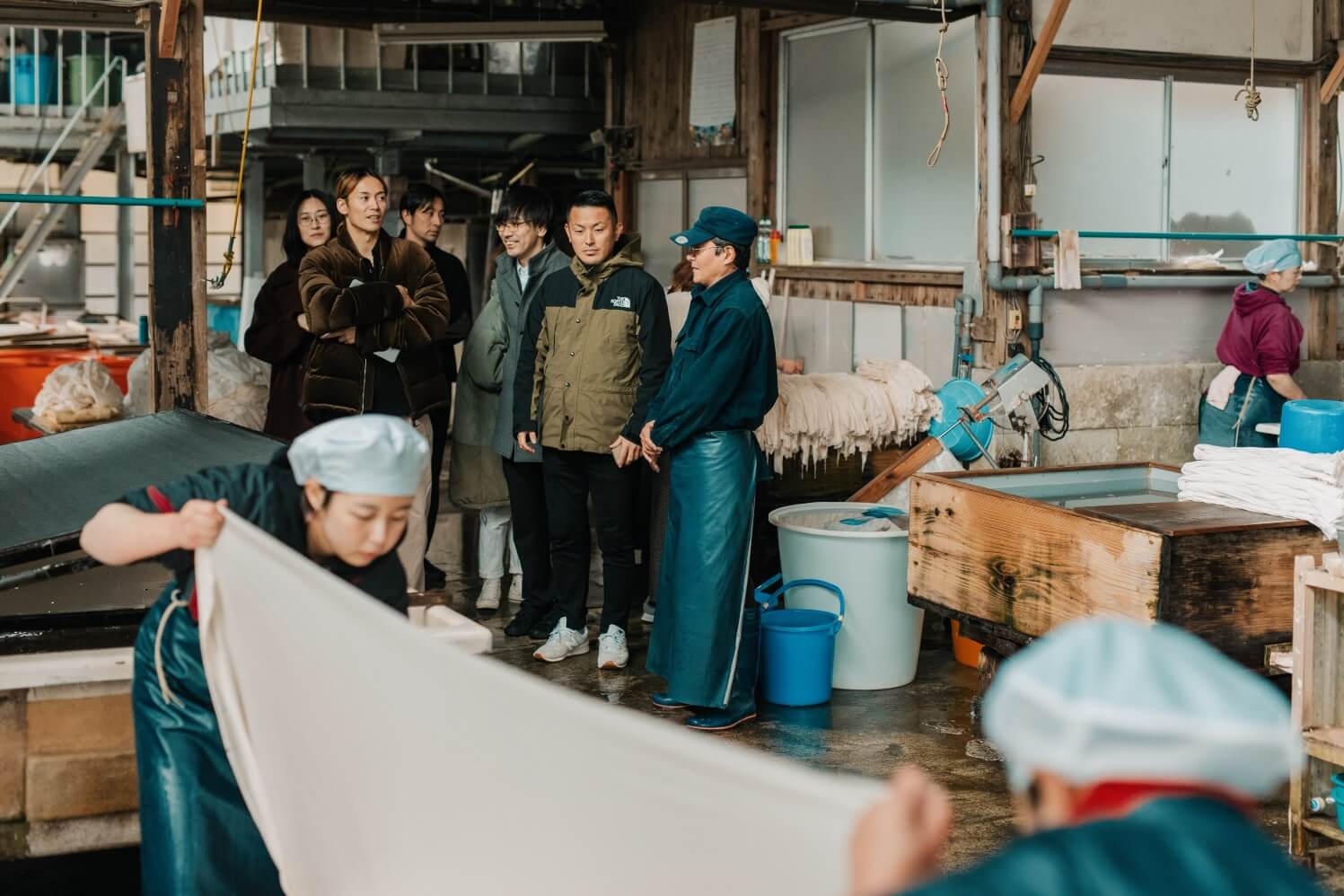
- Inviting people to the production areas and conveying the appeal of "handmade" products will help connect them to the next generation.
Kamijodo-san
Considering the future of crafts, we need to reach more people who will become fans and buy our products, and who can connect us to jobs. By inviting people who use crafts for business purposes (to B) and people with social influence (to C) to the production areas and having them feel the appeal of the "handmade" crafts of the Echizen area, we believe that their communication skills and influence can have a shower effect and improve the brand of traditional crafts in the entire area. As part of this, we wanted to first have the people from NOMURA Co., Ltd., a professional in spatial creation projects, see the "handmade" crafts in person on site, so we planned and implemented a "handmade journey."
Tatsuta
Echizen City's selling point is that it continues to use its long 1500-year history as an industry. If a city relied solely on tourism, the economy would suddenly fall into disuse if something like a pandemic were to occur, but Echizen City has the advantage of "manufacturing," so we need to attract people who will buy at a fair price and grow the industry. To that end, we would like to see more discerning people come to the city.
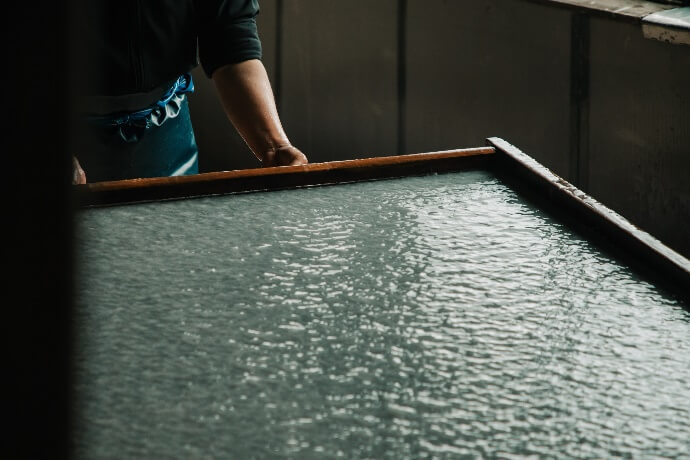

- Hokuriku manufacturing technology is attracting worldwide attention.
Nagata:
On the other hand, I think the Hokuriku area has the elements to attract people from outside. There is no other place in the world where so many materials and techniques are concentrated in one place. Famous overseas high-end brands also make their products in Fukui. In recent years, Hermes has also begun researching traditional crafts from all over Japan, and the world is seeing great potential in Japanese manufacturing. At the same time, the value of the Hokuriku area is increasing.
In recent years, along with "sustainability," "traceability," which clarifies when, where, and by whom a product was made, has become important worldwide. Fukui and Hokuriku are home to many companies that can be safely traced back to their manufacturers. In light of this situation, I hope to seriously consider the future possibilities of traditional crafts with all of you who participated in the "Handicraft Journey."
Part 2 here: The future of traditional crafts and what spatial design can do.
Like this article?

